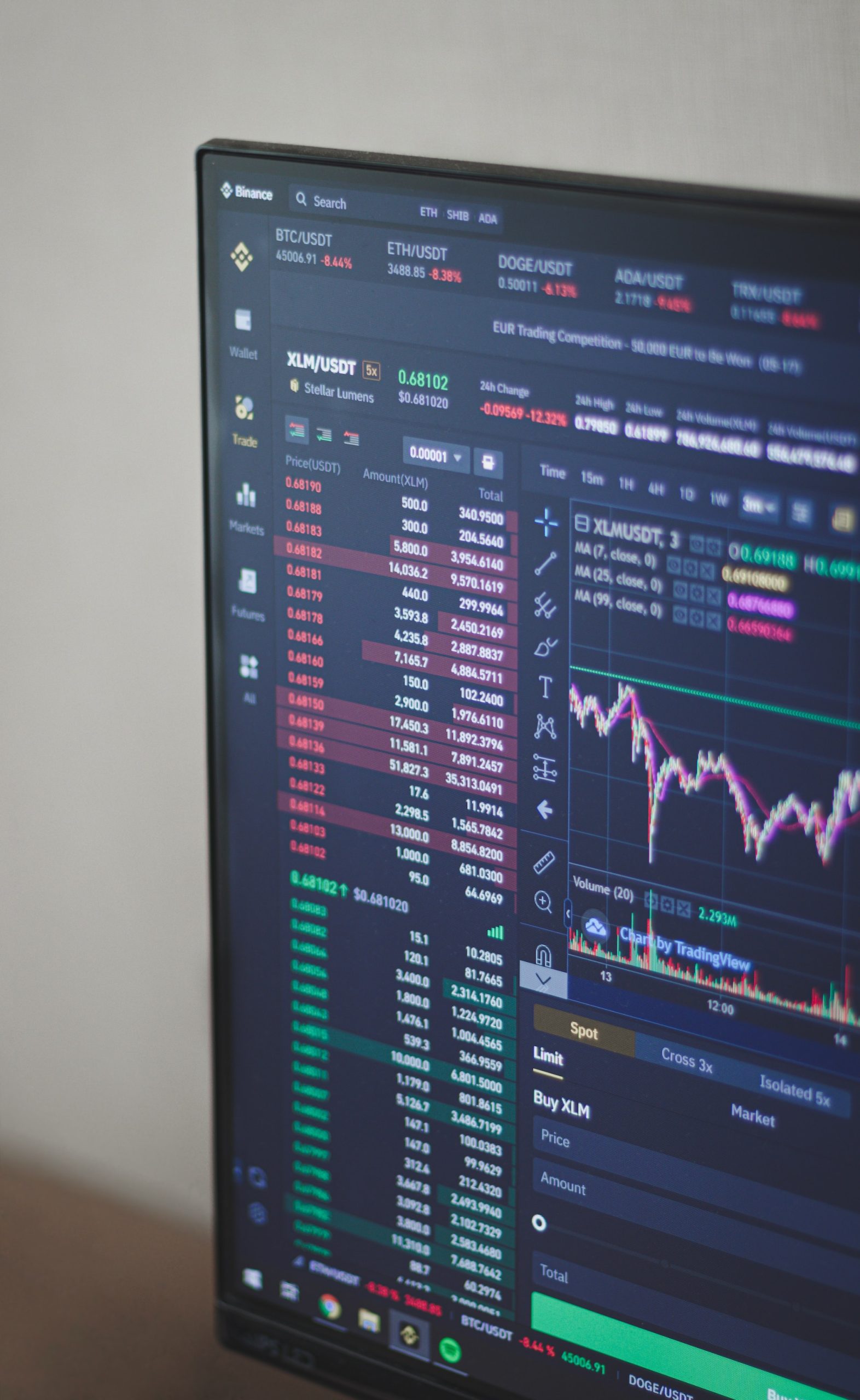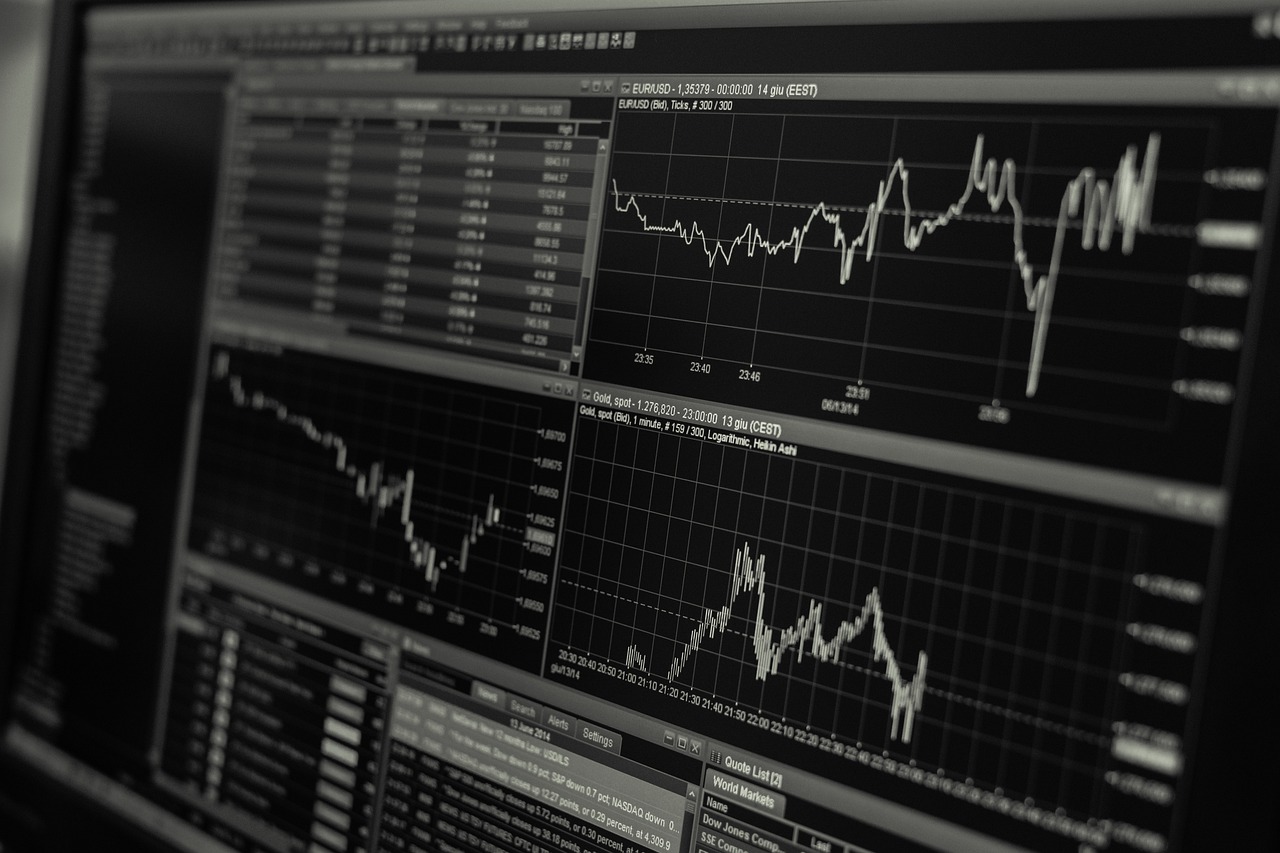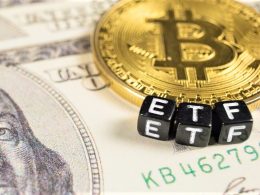Inflation is a common economic phenomenon that affects the purchasing power of a currency. While some inflation can be healthy for an economy, too much of it can lead to devastating consequences such as increased prices and reduced consumer confidence. This is where the Federal Reserve or “the Fed” comes into play. The Fed’s role in controlling inflation has been crucial in maintaining economic stability, but what happens when banking crises occur? In this blog post, we’ll explore how banking crises impact the Fed’s battle against inflation and what it means for everyday consumers like you and me. Let’s dig in!
What is Inflation?
Inflation is a sustained increase in the general price level of goods and services. When there’s inflation, each unit of currency buys fewer goods and services than before. There are many factors that can cause inflation, but one common reason is an increase in demand for goods and services without a corresponding increase in supply.
Another factor contributing to inflation is changes in production costs such as wages or raw materials. As these costs rise, businesses may choose to pass on those expenses to consumers through higher prices.
Inflation can have both positive and negative effects on the economy. On the positive side, it can encourage people to spend money instead of saving it because they know their purchasing power will decrease over time due to rising prices. However, if inflation gets out of control, it can lead to hyperinflation where prices skyrocket uncontrollably.
This is why central banks like the Federal Reserve monitor inflation closely and try to keep it within a healthy range by adjusting interest rates or other monetary policies. The goal is not only maintaining stable prices but also promoting economic growth while keeping unemployment levels low.
What Causes Inflation?
Inflation is a sustained increase in the general price level of goods and services in an economy over time. The causes of inflation are multifaceted and can be different for each country.
One common cause of inflation is an increase in demand for goods and services that outstrips supply. This can happen when there is too much money chasing too few goods, leading to higher prices.
Another cause of inflation is cost-push factors such as rising production costs, including wages, rent, raw materials or other inputs used in production. When these costs rise significantly, producers may pass on these increased expenses to consumers through higher prices.
Central banks also play a role in causing inflation by increasing the money supply through policies such as quantitative easing or lowering interest rates. This extra liquidity can lead to more spending which drives up demand and ultimately increases prices.
External factors like natural disasters or geopolitical tensions can disrupt supply chains resulting in shortages which drive up prices.
Understanding the underlying causes of inflation helps policymakers develop effective strategies to combat it and maintain economic stability.
How Does the Fed Fight Inflation?
The Federal Reserve, or the Fed, has several tools to combat inflation and keep it under control. One of these is monetary policy. The Fed can adjust interest rates to influence borrowing and spending throughout the economy. This means that when inflation is rising too quickly, the Fed can raise interest rates to slow down economic growth and reduce demand for goods and services.
Another tool at the disposal of the Fed is open market operations. Through this process, the Fed buys or sells government securities in order to increase or decrease reserves held by banks. By increasing bank reserves, there is more money available for lending which leads to increased spending in the economy.
The Fed also uses reserve requirements as a way of controlling inflation. Banks are required to hold a certain percentage of their deposits as cash on hand or with regional Federal Reserve Banks. By increasing reserve requirements, banks have less money available for lending which slows down economic activity.
Forward guidance plays an important role in maintaining low levels of inflation over time by influencing expectations about future monetary policy actions taken by The Federal Reserve Board members.
These tools give The Federal Reserve flexibility when it comes to fighting against high levels of inflation helping maintain stable pricing structures across various sectors ensuring long-term financial stability within our nation’s economies while promoting sustainable growth patterns through prudent policy decisions made by experienced economists working behind closed doors every day tirelessly analyzing data from around world markets and making recommendations based upon such analysis toward achieving macroeconomic goals set forth before them each year during their annual meetings consisting mostly top tier executives from major global corporations representing different industry sectors worldwide!
Banking Crises and Its Impact on Fed’s Battle Against Inflation
One of the biggest challenges that the Federal Reserve faces in its battle against inflation is banking crises. When banks experience financial difficulties, they may reduce lending to businesses and individuals, which can slow down economic activity and lead to higher unemployment. This decrease in economic activity can cause inflationary pressures to ease.
However, banking crises can also make it more difficult for the Fed to control inflation. In some cases, a crisis can cause a panic among investors that leads them to shift their investments out of stocks and into safe assets like Treasury bonds. This increased demand for Treasury bonds can drive down interest rates even further, making it harder for the Fed to raise rates when necessary.
Additionally, if a bank fails during a crisis, there may be significant disruptions in credit markets as other banks become hesitant about lending money. This lack of available credit could lead businesses and individuals to cut back on their spending or investment plans.
While banking crises can have both positive and negative impacts on inflation control efforts by the Federal Reserve Bank; one thing is certain: these events require careful management from policymakers who must weigh competing priorities amidst uncertain market conditions.
Conclusion
The battle against inflation is a continuous struggle for the Federal Reserve. Despite its efforts to maintain price stability and low inflation rates, banking crises can pose significant challenges in achieving this goal.
The impact of banking crises on the economy highlights the importance of effective regulation and supervision of financial institutions. By ensuring financial stability, policymakers can minimize the risk of systemic shocks that could undermine economic growth and exacerbate inflationary pressures.
While there are no guarantees against future banking crises or their effects on inflation, policymakers must remain vigilant in monitoring potential risks and taking proactive steps to address them. Only then can we hope to achieve sustainable economic growth with stable prices for all Americans.











